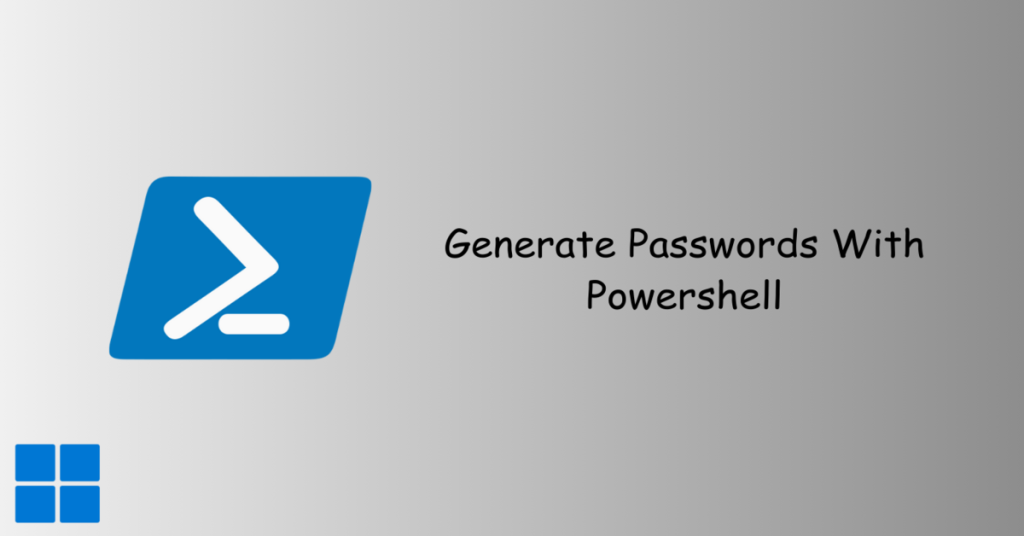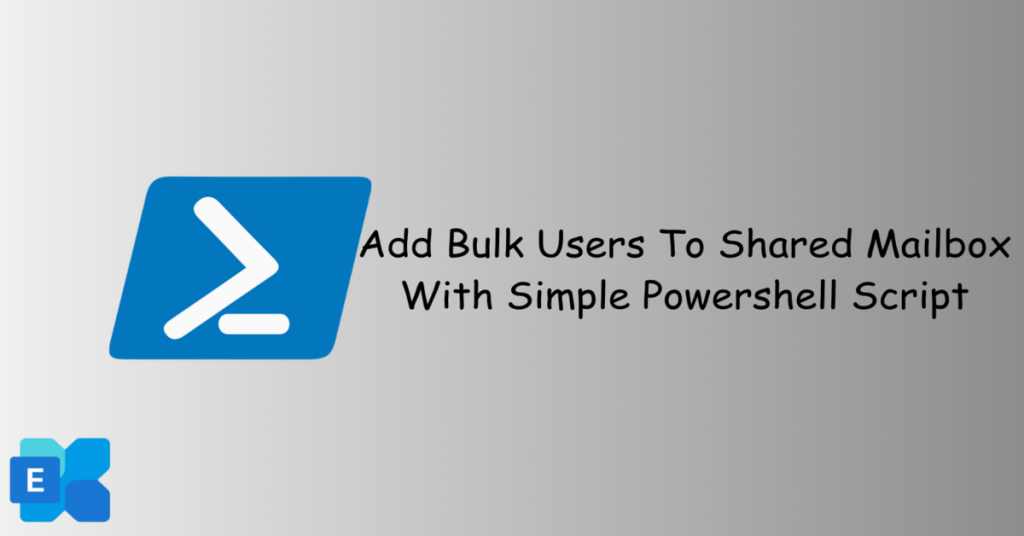When it comes to Teams User Management on Microsoft Teams, efficiency is key. To help administrators handle user-related tasks smoothly, Microsoft offers a set of PowerShell commands, including Add-TeamChannelUser, Add-TeamUser, Get-TeamUser, Remove-TeamChannelUser, and Remove-TeamUser. These commands empower administrators to add users to teams and channels, retrieve user information, and remove users as needed. In this article, we’ll explore each command’s functionality, providing insights into how they contribute to effective user management within Microsoft Teams.
Table of Contents
Ensuring that your team members have the right access and information is crucial for a successful collaboration on Microsoft Teams. These PowerShell commands act as your toolkit for managing users, allowing you to add new members with Add-TeamUser, retrieve details with Get-TeamUser, and make adjustments by adding or removing users from specific channels using Add-TeamChannelUser and Remove-TeamChannelUser. Let’s dive into the specifics of each command to understand how they make user management a breeze.
Lets see how these commands made Teams User Management easy with PowerShell.
Connect Teams Using PowerShell
See this detialed Article on how to Connect Microsoft Teams Via Microsoft PowerShell.
Add-TeamChannelUser
Description:
The Add-TeamChannelUser cmdlet is used to add a user to a specific channel within a Microsoft Teams team. It allows you to grant access to a particular channel to users, enabling them to participate in conversations, access files, and collaborate within that channel.
Example:
Add-TeamChannelUser -GroupId <TeamId> -DisplayName "Project Updates" -User <UserEmail>This example adds the user with the specified email address to the “Project Updates” channel within the Microsoft Team with the specified TeamId.
Changes Required:
- Replace
<TeamId>with the actual ID of the team containing the channel to which you want to add the user. - Replace
<UserEmail>with the email address of the user you want to add to the channel.
Additional Information:
- Ensure that you have the necessary permissions to add users to channels within the specified team.
- This cmdlet is useful for managing access to specific channels and tailoring collaboration within Teams.
Add-TeamUser
Description:
The Add-TeamUser cmdlet is used to add a user to a Microsoft Teams team. It allows you to grant access to the entire team, enabling the user to participate in conversations, access files, and collaborate within the team.
Example:
Add-TeamUser -GroupId <TeamId> -User <UserEmail>This example adds the user with the specified email address to the Microsoft Team with the specified TeamId.
Changes Required:
- Replace
<TeamId>with the actual ID of the team to which you want to add the user. - Replace
<UserEmail>with the email address of the user you want to add to the team.
Additional Information:
- Ensure that you have the necessary permissions to add users to teams within the specified team.
- This cmdlet is useful for managing team membership and ensuring that users have access to the broader collaboration space provided by the team.
Get-TeamUser
Description:
The Get-TeamUser cmdlet is used to retrieve information about users in a Microsoft Teams team. It allows you to query and display details about team members, such as their display names, roles, and other relevant information.
Example:
Get-TeamUser -GroupId <TeamId> -User <UserEmail>This example retrieves information about the user with the specified email address within the Microsoft Team with the specified TeamId.
Changes Required:
- Replace
<TeamId>with the actual ID of the team for which you want to retrieve user information. - Replace
<UserEmail>with the email address of the user you want to query within the team.
Additional Information:
- The
Get-TeamUsercmdlet provides details about users in a team, including their roles (e.g., Owner, Member) and other relevant information. - Use additional parameters such as
-Roleand-MembershipTypeto filter results based on specific criteria.
Remove-TeamChannelUser
Description:
The Remove-TeamChannelUser cmdlet is used to remove a user from a specific channel within a Microsoft Teams team. It allows you to revoke a user’s access to a particular channel, removing their ability to participate in channel conversations and access channel content.
Example:
Remove-TeamChannelUser -GroupId <TeamId> -DisplayName "Project Updates" -User <UserEmail> -Confirm:$falseThis example removes the user with the specified email address from the “Project Updates” channel within the Microsoft Team with the specified TeamId without asking for confirmation.
Changes Required:
- Replace
<TeamId>with the actual ID of the team containing the channel from which you want to remove the user. - Replace
<UserEmail>with the email address of the user you want to remove from the channel.
Additional Information:
- Ensure that you have the necessary permissions to remove users from channels within the specified team.
- Use the
-Confirmparameter to control whether the cmdlet prompts for confirmation. Setting it to$falseavoids the confirmation prompt.
Remove-TeamUser
Description:
The Remove-TeamUser cmdlet is used to remove a user from a Microsoft Teams team. It allows you to revoke a user’s access to the entire team, removing their ability to participate in team conversations, access team files, and collaborate within the team.
Example:
Remove-TeamUser -GroupId <TeamId> -User <UserEmail> -Confirm:$falseThis example removes the user with the specified email address from the Microsoft Team with the specified TeamId without asking for confirmation.
Changes Required:
- Replace
<TeamId>with the actual ID of the team from which you want to remove the user. - Replace
<UserEmail>with the email address of the user you want to remove from the team.
Additional Information:
- Ensure that you have the necessary permissions to remove users from teams within the specified team.
- Use the
-Confirmparameter to control whether the cmdlet prompts for confirmation. Setting it to$falseavoids the confirmation prompt.
Conclusion: Teams User Management
In conclusion, mastering the use of PowerShell commands for Teams user management in Microsoft Teams is a valuable skill for administrators. Whether you’re adding new team members, checking user details, or making adjustments to channel memberships, these commands – Add-TeamChannelUser, Add-TeamUser, Get-TeamUser, Remove-TeamChannelUser, and Remove-TeamUser – provide the flexibility and control needed to keep your collaborative workspace organized and user-friendly. Incorporate these commands into your administrative toolkit to streamline user management tasks on Microsoft Teams.
Let me know how did you find the article on Teams User Management with PowerShell.


